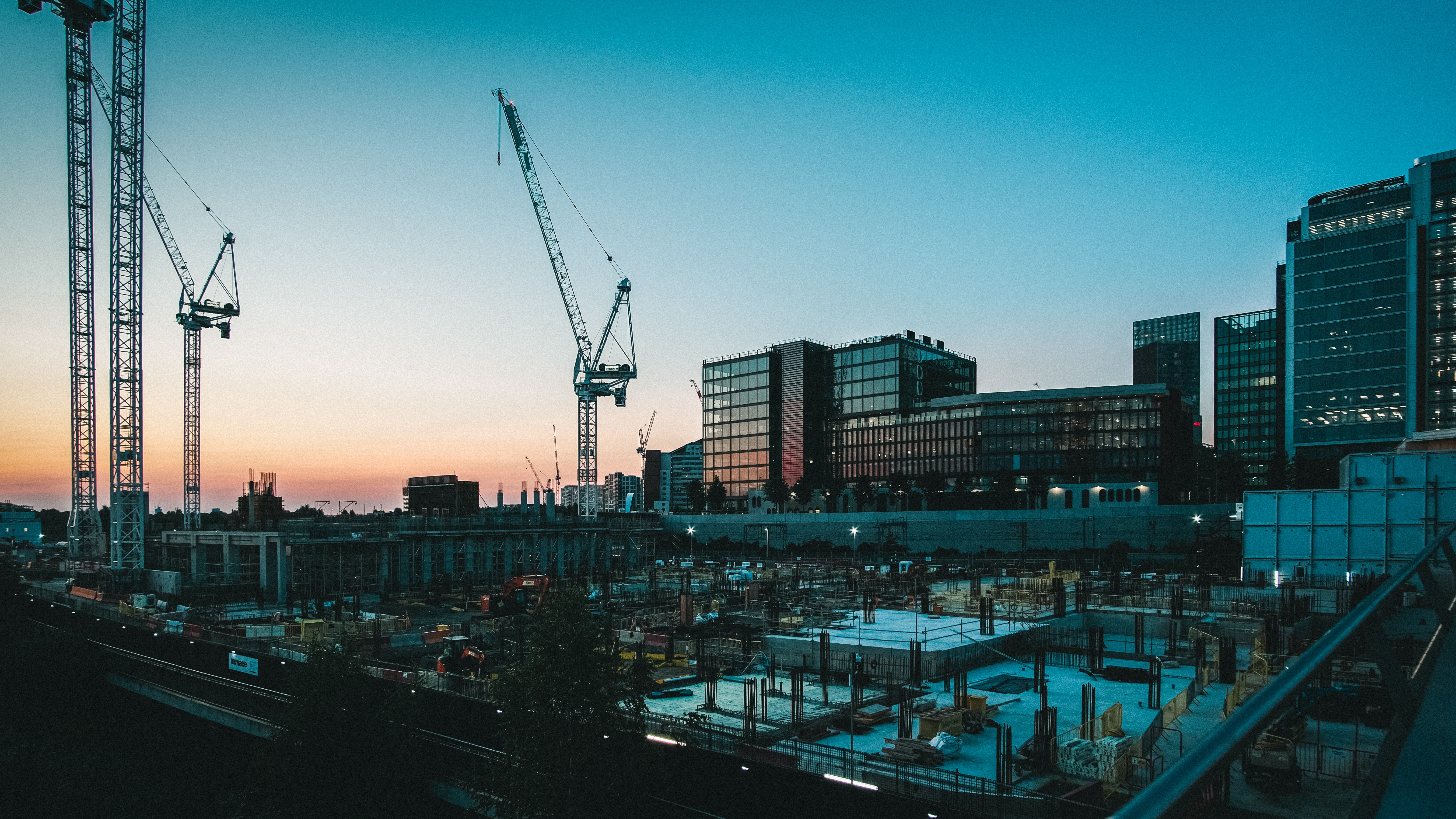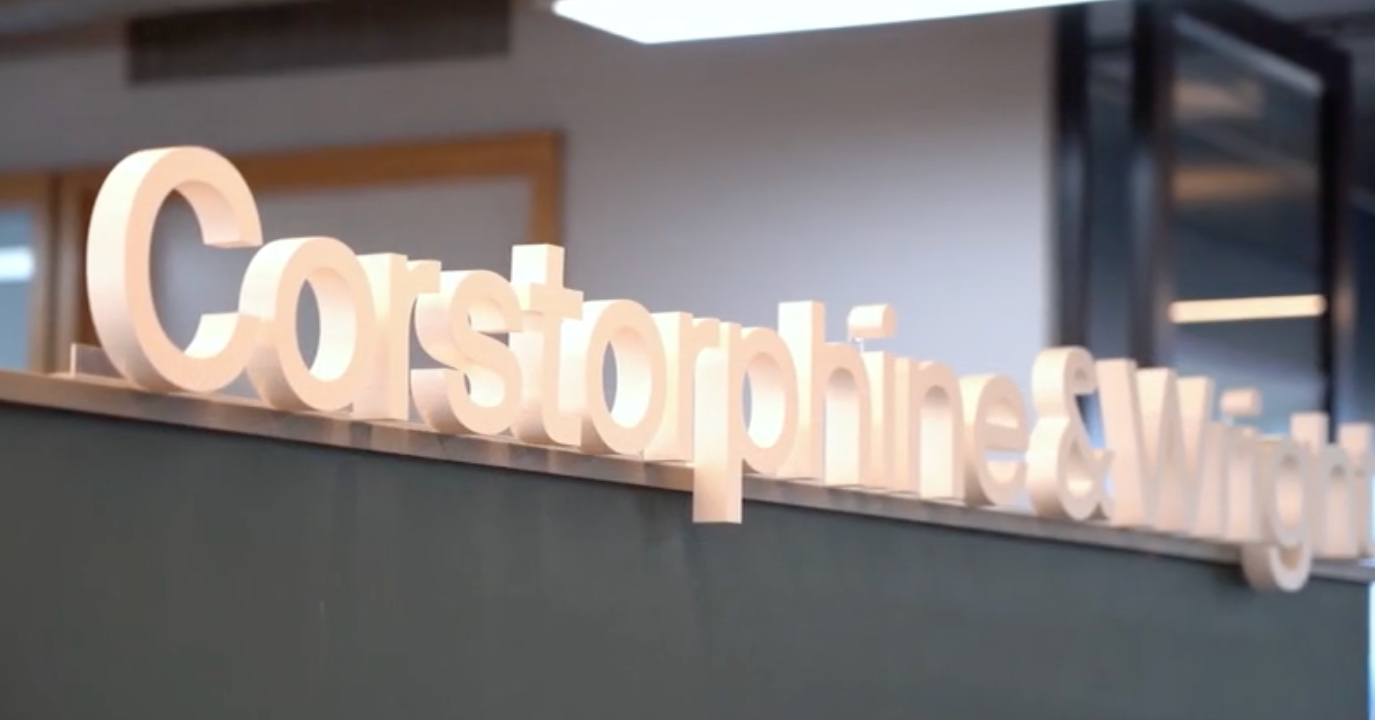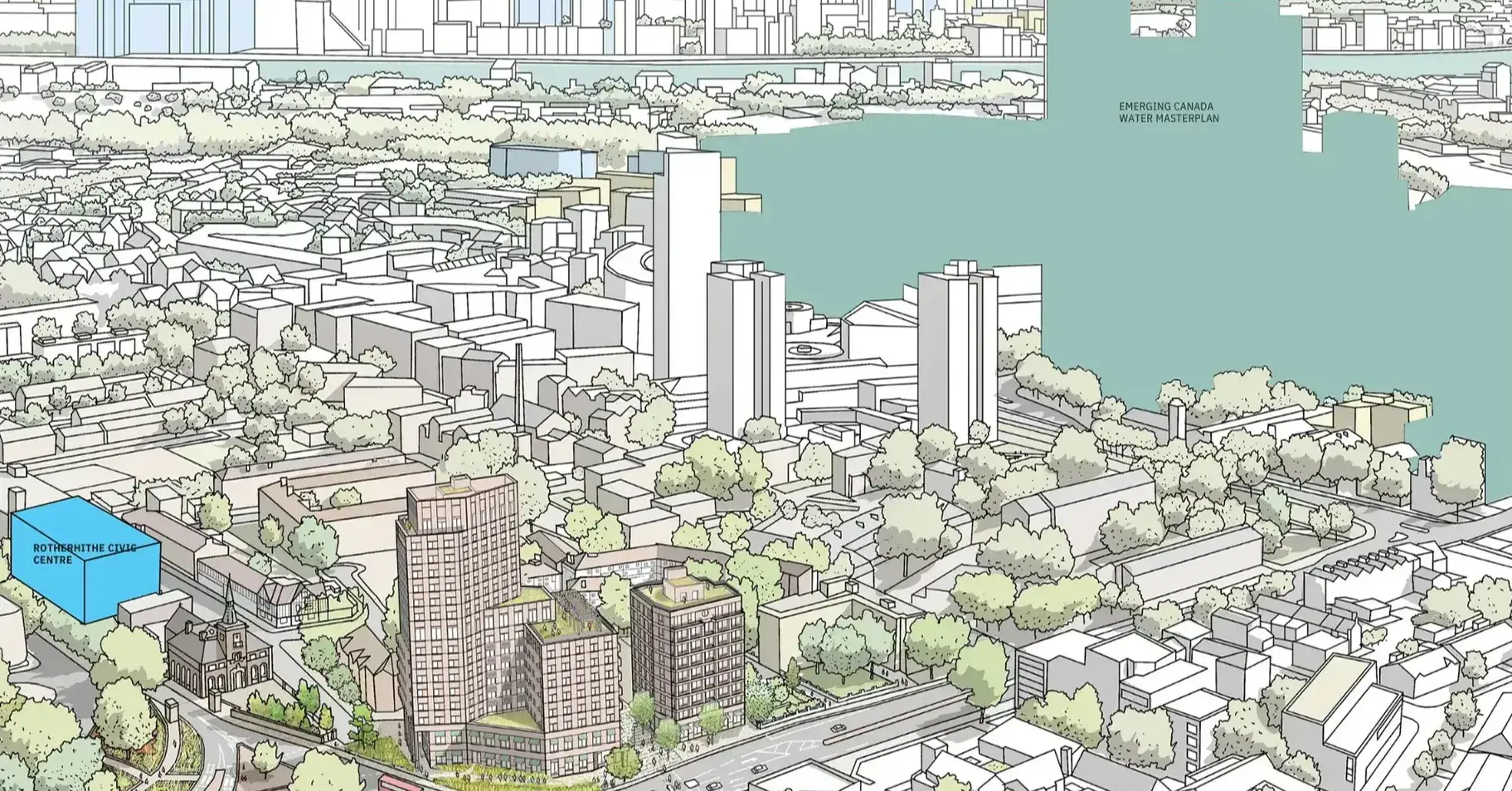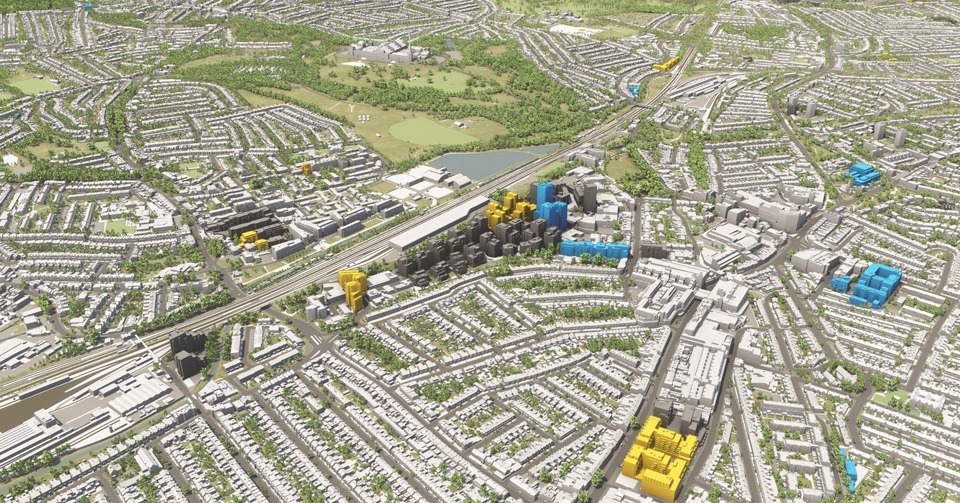Reviving Belfast: Exploring the Success Stories of Urban Regeneration Projects

Belfast City Council has boosted regeneration efforts by launching a search for a private sector development partner to help it deliver £630m of residential-led, mixed use developments across four key sites in the city centre.
The Council is looking for a partner with a track record in delivering housing-led regeneration across all tenures and lasting positive social, economic and environmental impacts to help the City Council meet its ambitious range of policy goals. The schemes should deliver an additional 30,000 new homes for the city and boost its population by 63,000.
Belfast’s Lord Mayor Councillor Ryan Murphy, announcing the search in November, said:
|
“We’re the powerhouse of the regional economy and perfectly positioned for investment with both Dublin and London in easy reach… We’ve seen significant regeneration in recent years, including Ulster University’s new city centre campus, and multi-million investment in the Belfast Grand Central Station and wider Weavers Cross development. And we’re excited about our inclusive, resilient, low-carbon future. In the next decade, £1bn from the Belfast Region City Deal – and investment in the waterfront, active and sustainable travel, culture, and tourism infrastructure – will continue to transform our city… We’re passionate about creating a more vibrant, more inclusive, and more liveable city centre, while enhancing quality of life for all our citizens. Investment in quality homes, placemaking, connectivity and social infrastructure lies at the heart of that vision. That’s why we’re now looking for a long-term partner who shares our ambition and vision.” |
Urban regeneration has a long history in Belfast, with features similar to other UK cities that grew rich in the industrial revolution, then declined as key industries migrated to more economically efficient locations globally.
But successful regeneration in Belfast has always been set within a more troubled political and social context, lending it an added significance, and represented most obviously by a successful and dynamic built environment.
The city’s post-war economic decline and fall in population (like London’s) continued through the 1980s (unlike London’s which started to return by then), but in the 25 years since the 1998 Good Friday Agreement, peace and economic development have driven inward investment, tourism and growth in high value service sectors, such as cyber security, film production and finance.
And even prior to that there were pioneering investments, like the Castle Court Shopping Centre, a £60m development by John Laing Developments built between 1988 and 1990, designed by BDP and Ostick & Williams, assisted by a £10m urban development grant from the then Department of Environment.
It replaced the much-bombed Grand Central Hotel. Castle Court has changed hands and been refurbished since, but it was a ground-breaking regenerative scheme back in the day and still plays an important part in the city’s and Northern Ireland’s retail economy.


Perhaps the best known of the city’s crop of projects is Belfast’s Titanic Quarter, one of Europe’s largest urban waterfront projects which, in 18 years since the 2005 launch of its masterplan, has seen £618m invested and 20,000 new residents and workers arrive, and more than 3.6m visitors a year. Home to prime new residential and office development, TV and film production and more than 100 national and international businesses. It will be home to the new build to rent Loft Lines development and the Hamilton Dock Hotel.
Its success stems from an urban design approach that apportions the vast 185 acre site (more than twice the size of London’s Kings Cross) into urban villages linked by green space and public areas, and of course, the Maritime Mile, the waterside route linking the former docks.
Under construction is Weavers Cross, Belfast and Northern Ireland’s new main transport hub for rail, bus and coach connections, the city and the region’s version of Grand Central. To be completed by 2025, it will bring with it 1.3m sq ft of mixed-use development, and promises to attract further regeneration and development in the surrounding city. Its better transportation links will encourage a modal shift to public transport.
A wide variety of architects are involved in such projects. For example Copenhagen-based Henning Larsen’s designs for Osborne+Co’s £450m regeneration masterplan for the former Sirocco Works waterside site was approved in June 2019, including office space for 8,000 jobs and 675 apartments and a hotel.
With the encouragement of Belfast City Council, which uses VU.CITY to help visualise, animate and deliver its planning and regeneration policies, growth is being spread throughout the city and beyond.
One of the largest opportunities at 340 acres is Giant’s Park overlooking Belfast Lock to the north east of the city centre. Belfast Harbour Studios opening a new £20m film studio complex here in 2017. There will eventually be a welcome hub with a hotel, food and beverage and retail, a distribution and logistics hub and an adventure park.
There are more major schemes for the city planned. The point is Belfast’s regeneration proposals are plentiful and varied in character and that means they must successfully compete with each other and convince city planners that their quality and respect for the built environment means they deserve planning approval.
To achieve that, new proposals have to convince the relevant stakeholders, with a good story for investors, planners, and future occupants.
VU.CITY Case Studies
See how leading built environment experts are using VU.CITY
Shape Tomorrow’s Cities, Today.
Begin Your Free Trial Now.

-1-1-1.png)


